Since we were invited to a baptism/wedding party in Switzerland, we planned a short road trip. We really looked forward to it because it had been ages since we traveled by car. The comfort of your own car, no luggage limit, no stress because you need to get an airplane .... Absolutely great!
The next trip was on schedule:
- Day 1: Drive to Baden-Baden with a stopover in Darmstadt
- Day 2: Baden-Baden
- Day 3: From Baden - Baden to Champéry
- Day 4: Party in Champéry
- Day 5: Drive from Champéry to Montreux
- Day 6: Drive home
Things to do in Darmstadt
On Tuesday morning we left early to get the most out of our day. After a 400 km ride (From Belgium) we made our first stop in Darmstadt.
Darmstadt originated in the 11th century. From 1567 to 1945 it was the capital of the autonomous country of Hessen-Darmstadt. The technical university is one of Germany's most important. Darmstadt is, however, mostly known because it is the cradle of the Art Nouveau movement.
Art Nouveau (or Jugendstil) is a movement that came at the end of the 19th and early 20th century and was very popular in Europe. In Belgium and France, one usually speaks of Art Nouveau and Austria and Germany of Jugendstil.
The Art Nouveau used modern techniques. In the architecture one used for the first time large glass surfaces. Unlike previous building styles, they didn’t like symmetry and striking decorations were applied. Flower and bird motifs were very popular
Mathildenhöhe
In Darmstadt is the Mathildenhöhe. This hill was a true Art Nouveau artist colony from 1899 to 1914. The artists arrived right here at the invitation of art lover, Ernst Lodewijk, Grand Duchess of Hessen-Darmstadt. Here are the following important buildings:
- The Maria Magadalenakerk: This Russian Orthodox church was built so that Tsarina Alexandra Fjodorovna (born in Darmstadt) could go to an orthodox church if she was here.



- Hochzeitsturm: 48.5 meter tall tower from 1908.
- Platanenhain: Small park next to the Russian church.
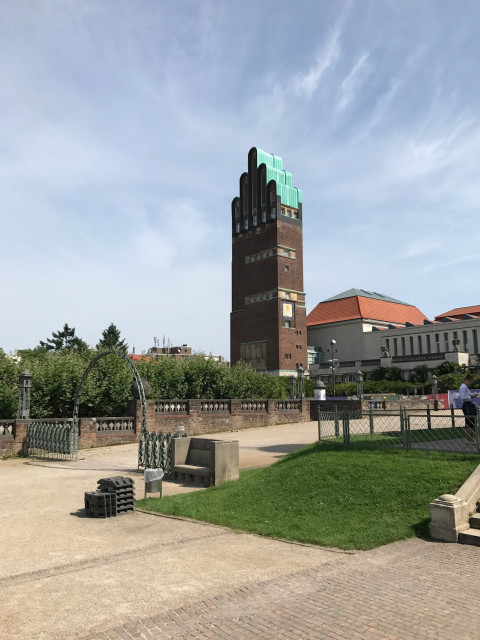

- The Künstler Colony: These are the houses where the artists used to live. They are spread around the main square where the Russian church stands.
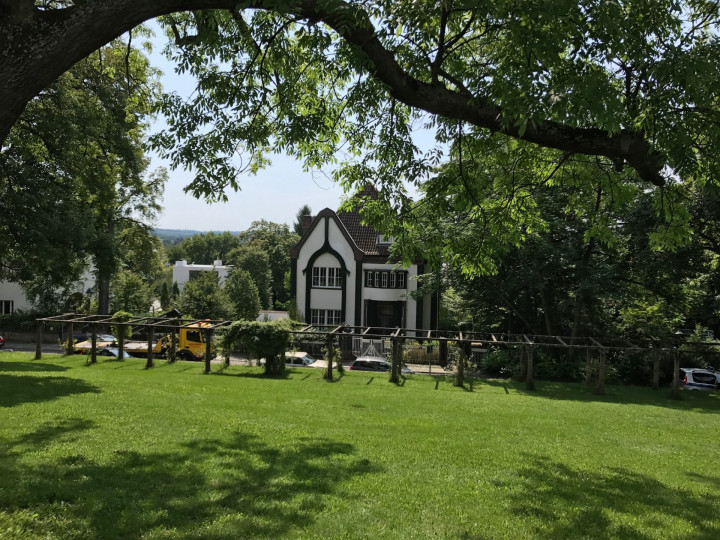
In the city itself you will also find:
- Ludwigsmonument (1841-1844): A 39m high column on the Luisenplatz, founded in honor of Louis I of Hessen-Darmstadt
- Hessisches Landesmuseum
- Ernst-Ludwighaus: Serves as a museum of the Künstler colony.
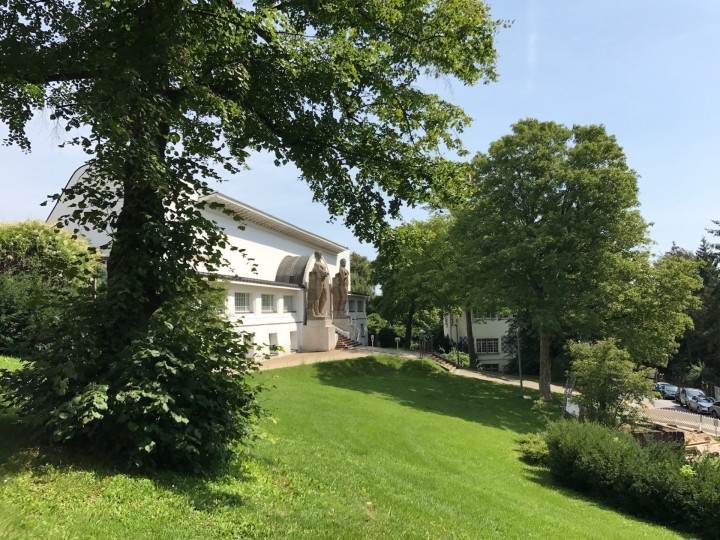
- Jugendstilbad (1907-1909): Beautiful Art Nouveau-style swimming pool.
- Waldspirale of Friedensreich Hundertwasser: A spiral of 105 connected houses.

- Haus der Geschichte: This building used to serve as a theater, but was completely destroyed in 1944. It was later rebuilt and now serves as an archive.

Outside the city you will find:
- Groeve Messel: One of the four most important fossil finds in the world, you will find the village of Messel a few kilometers from Darmstadt. In 1995, this place became UNESCO World Heritage.
- Burg Frankenstein: 5 km south of Darmstadt lie the ruins of Burg Frankenstein. From this 1250 castle, only two towers and a chapel remain.
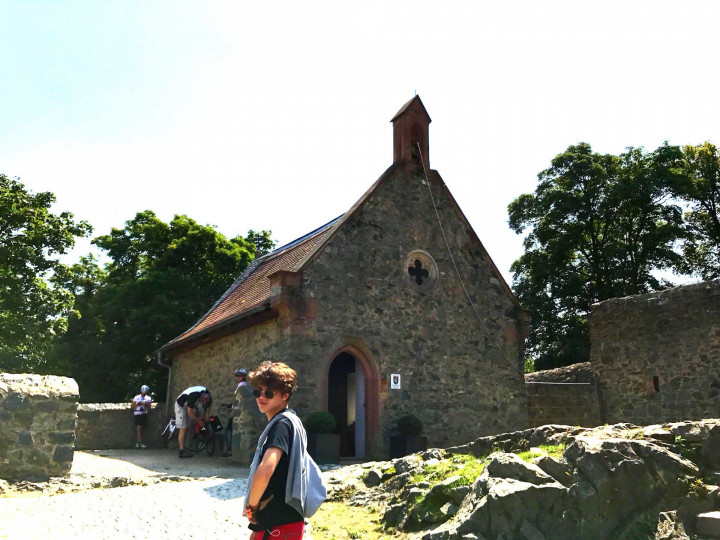
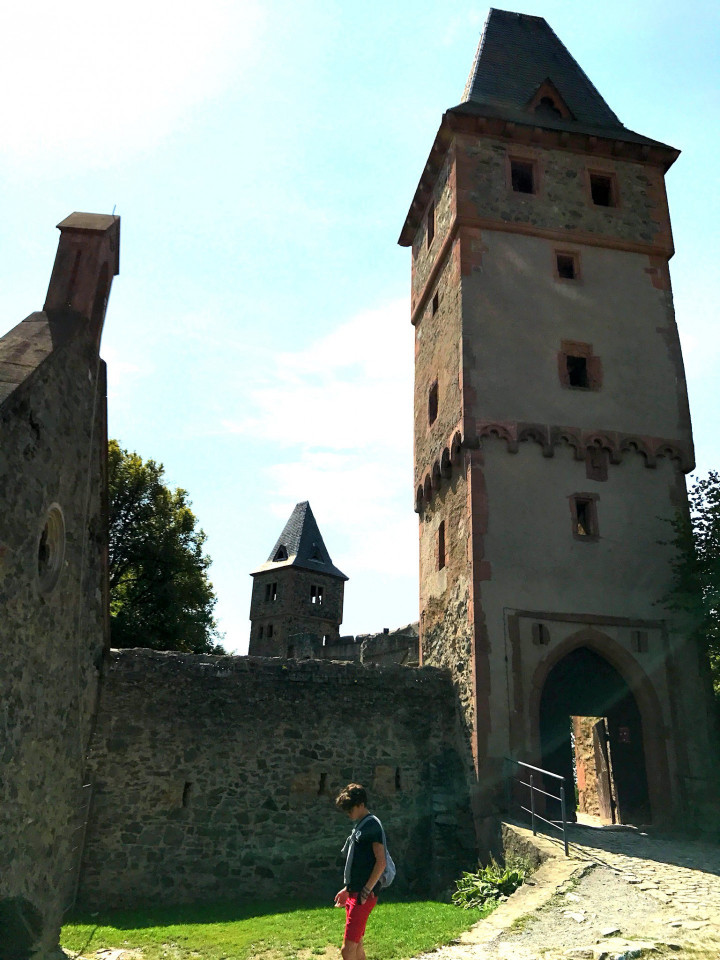
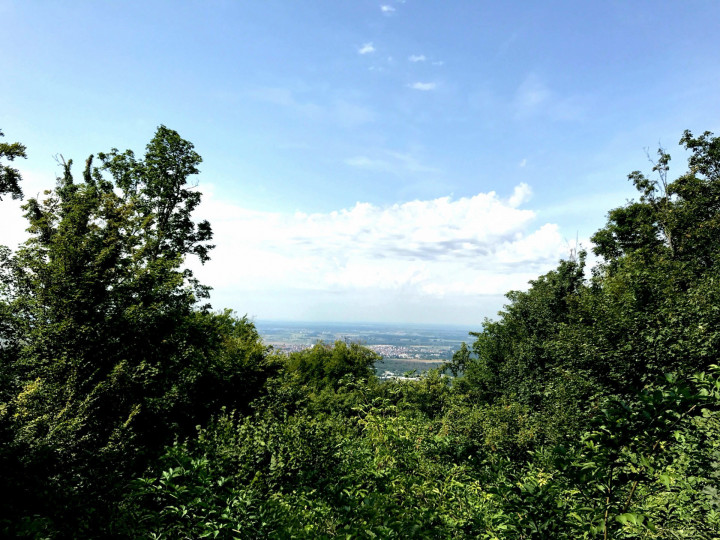
The German alchemist and philosopher Johann Konrad Dippel (1673-1734) lived here. One suspected him of experimenting with dead bodies (what was forbidden at that time) to bring them back to life. Mary Shelley seems to have written her masterpiece 'Frankenstein' after visiting the castle.
Then we head towards Baden-Baden. You can read more about this in the following blog post.
You think Germany is fun? Make sure to visit Dresden. Here are some things to do in Dresden. And one of the best citytrips ever is Berlin. Here you can read what to do in Berlin. And what about Thuringen?
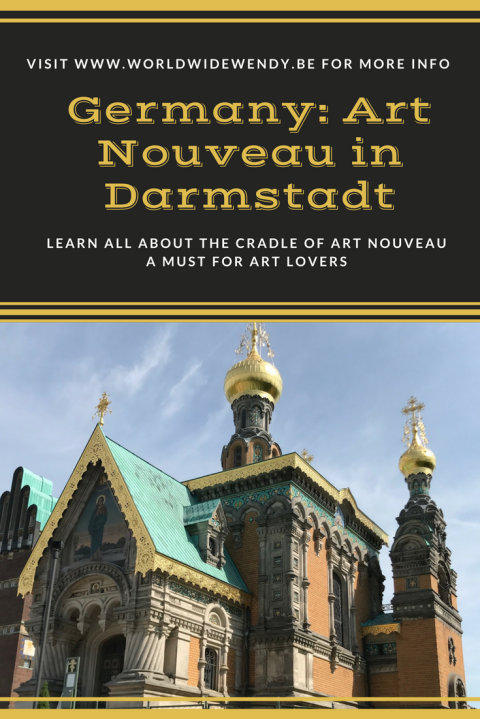
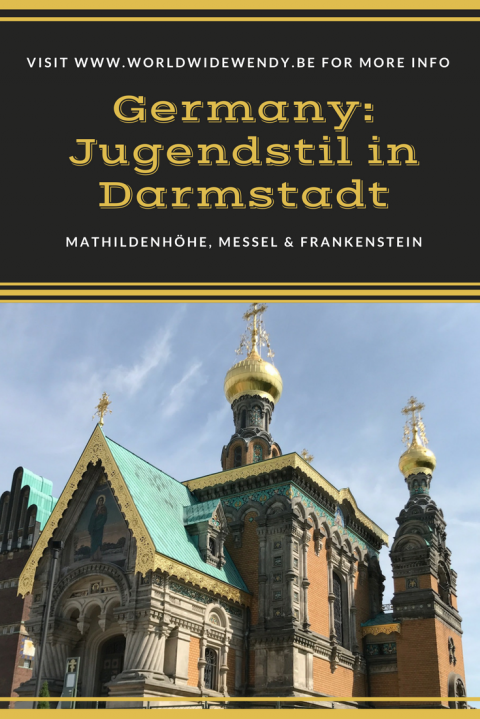
Looking for a travelguide?

